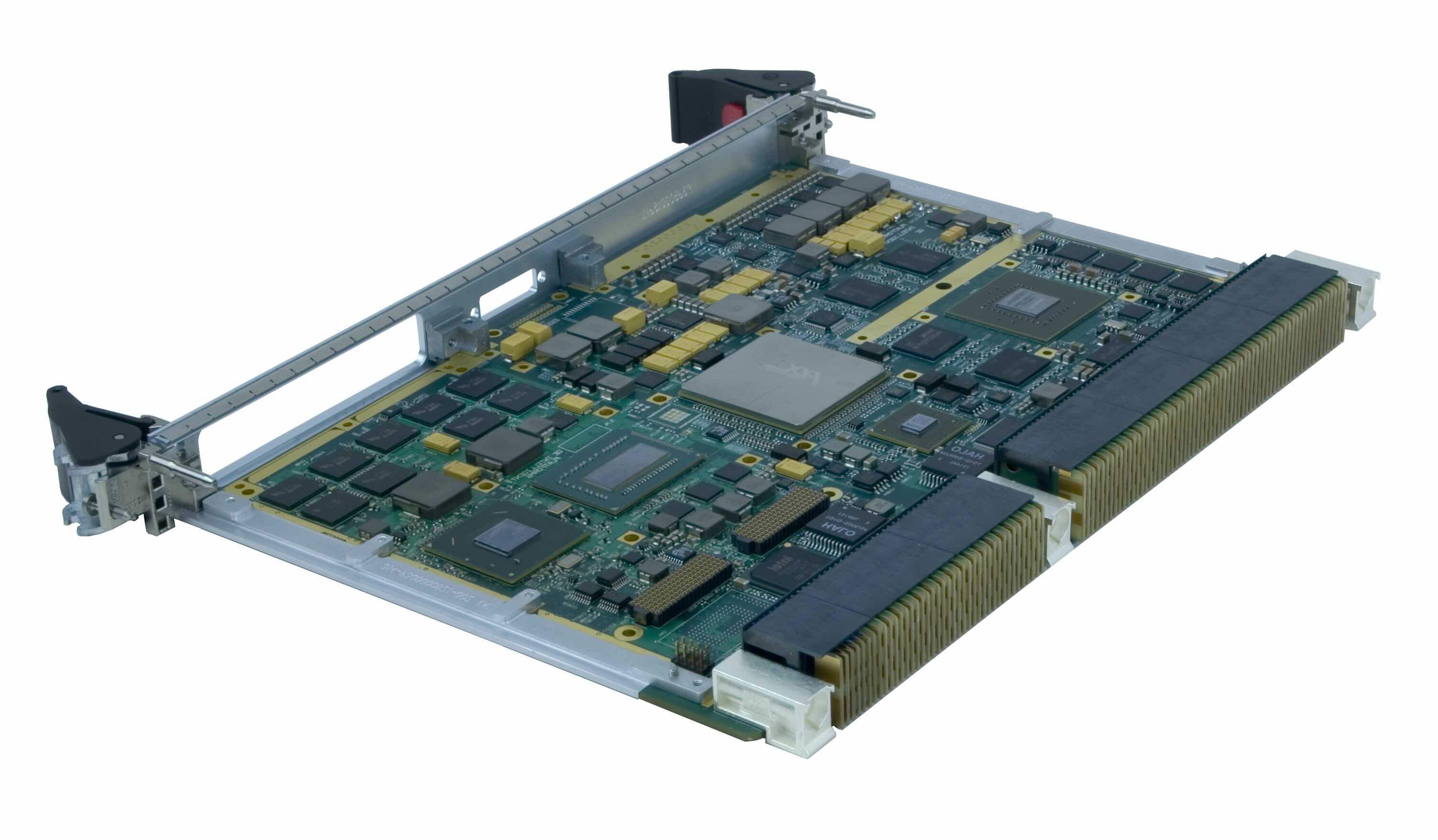
What is GPGPU? General-Purpose computing on Graphics Processing Units (GPGPU) uses a GPU to perform computation typically handled by a CPU. Why is GPGPU important? It allows for massive parallel processing, making tasks like scientific simulations, machine learning, and data analysis much faster. How does GPGPU work? By leveraging the GPU's architecture, which consists of thousands of smaller, efficient cores designed for handling multiple tasks simultaneously. Who benefits from GPGPU? Researchers, developers, and industries requiring high-performance computing. When did GPGPU become popular? It gained traction in the early 2000s with the advent of programmable shaders. Where is GPGPU used? In fields like gaming, finance, healthcare, and artificial intelligence. Want to know more? Keep reading to uncover 30 fascinating facts about GPGPU!
What is GPGPU?
GPGPU stands for General-Purpose computing on Graphics Processing Units. This technology uses a GPU, which is typically used for rendering graphics, to perform computation in applications traditionally handled by the CPU.
- GPGPU allows for parallel processing, making it ideal for tasks that can be divided into smaller, simultaneous operations.
- GPUs have thousands of cores, compared to CPUs which usually have up to 16 cores.
- NVIDIA and AMD are the leading manufacturers of GPUs used in GPGPU.
History of GPGPU
Understanding the history of GPGPU helps appreciate its evolution and significance in modern computing.
- The concept of GPGPU emerged in the early 2000s.
- NVIDIA introduced CUDA (Compute Unified Device Architecture) in 2006, a significant milestone for GPGPU.
- OpenCL (Open Computing Language) was released in 2009, providing a framework for writing programs that execute across heterogeneous platforms.
Applications of GPGPU
GPGPU is used in various fields, from scientific research to entertainment.
- Machine learning and AI heavily rely on GPGPU for training complex models.
- Cryptocurrency mining uses GPGPU for solving cryptographic puzzles.
- Medical imaging benefits from GPGPU for faster and more accurate image processing.
- Physics simulations in research and gaming use GPGPU for realistic effects.
Benefits of GPGPU
The advantages of GPGPU make it a valuable tool in many industries.
- Speed: GPGPU can process data much faster than traditional CPUs.
- Efficiency: It offers better performance per watt, making it energy-efficient.
- Scalability: GPGPU can handle large-scale computations by adding more GPUs.
Challenges of GPGPU
Despite its benefits, GPGPU also faces several challenges.
- Programming complexity: Writing code for GPGPU requires specialized knowledge.
- Memory limitations: GPUs have less memory compared to CPUs.
- Data transfer bottlenecks: Moving data between CPU and GPU can slow down performance.
GPGPU in Gaming
Gaming has significantly benefited from GPGPU technology.
- Real-time ray tracing: GPGPU enables realistic lighting and shadows in games.
- Higher frame rates: Games run smoother with GPGPU.
- Virtual reality: GPGPU enhances VR experiences by providing the necessary computational power.
GPGPU in Scientific Research
Scientific research has seen breakthroughs thanks to GPGPU.
- Genome sequencing: GPGPU accelerates the analysis of genetic data.
- Climate modeling: It helps in creating more accurate climate models.
- Astrophysics: GPGPU aids in simulating cosmic phenomena.
Future of GPGPU
The future of GPGPU looks promising with continuous advancements.
- Quantum computing: GPGPU might play a role in developing quantum algorithms.
- Autonomous vehicles: GPGPU will be crucial for processing data from sensors and cameras.
- Augmented reality: Future AR applications will rely on GPGPU for real-time processing.
GPGPU vs. CPU
Comparing GPGPU with traditional CPUs highlights their differences and complementary strengths.
- Parallelism: GPGPU excels at parallel tasks, while CPUs are better for sequential tasks.
- Cost: GPUs can be more cost-effective for certain computations.
- Flexibility: CPUs are more versatile, but GPUs offer superior performance for specific tasks.
Popular GPGPU Frameworks
Several frameworks make it easier to develop GPGPU applications.
- CUDA: Developed by NVIDIA, it is widely used in various applications.
- OpenCL: An open standard that supports multiple platforms and devices.
The Future of GPGPU
GPGPU technology is changing how we handle complex computations. From gaming to scientific research, it's making tasks faster and more efficient. Graphics cards aren't just for pretty visuals anymore; they're powerhouses for data processing. As AI and machine learning grow, the demand for GPGPU will only increase.
Developers and researchers are constantly finding new ways to use this tech, pushing the boundaries of what's possible. If you're into tech or just curious about the future, keep an eye on GPGPU advancements. They’re shaping the next wave of innovation.
So, whether you're a gamer, a scientist, or just a tech enthusiast, GPGPU has something exciting in store for you. Dive in, explore, and see how this technology can transform your world.
Was this page helpful?
Our commitment to delivering trustworthy and engaging content is at the heart of what we do. Each fact on our site is contributed by real users like you, bringing a wealth of diverse insights and information. To ensure the highest standards of accuracy and reliability, our dedicated editors meticulously review each submission. This process guarantees that the facts we share are not only fascinating but also credible. Trust in our commitment to quality and authenticity as you explore and learn with us.
